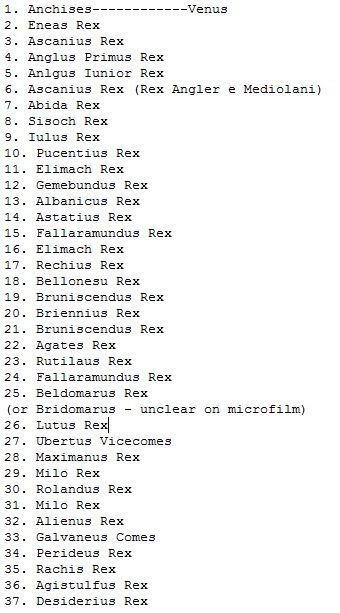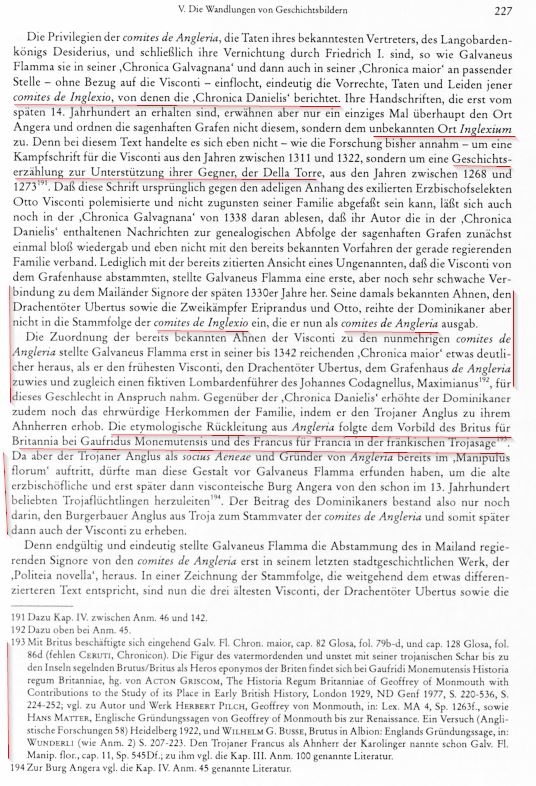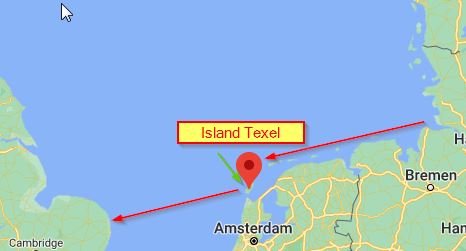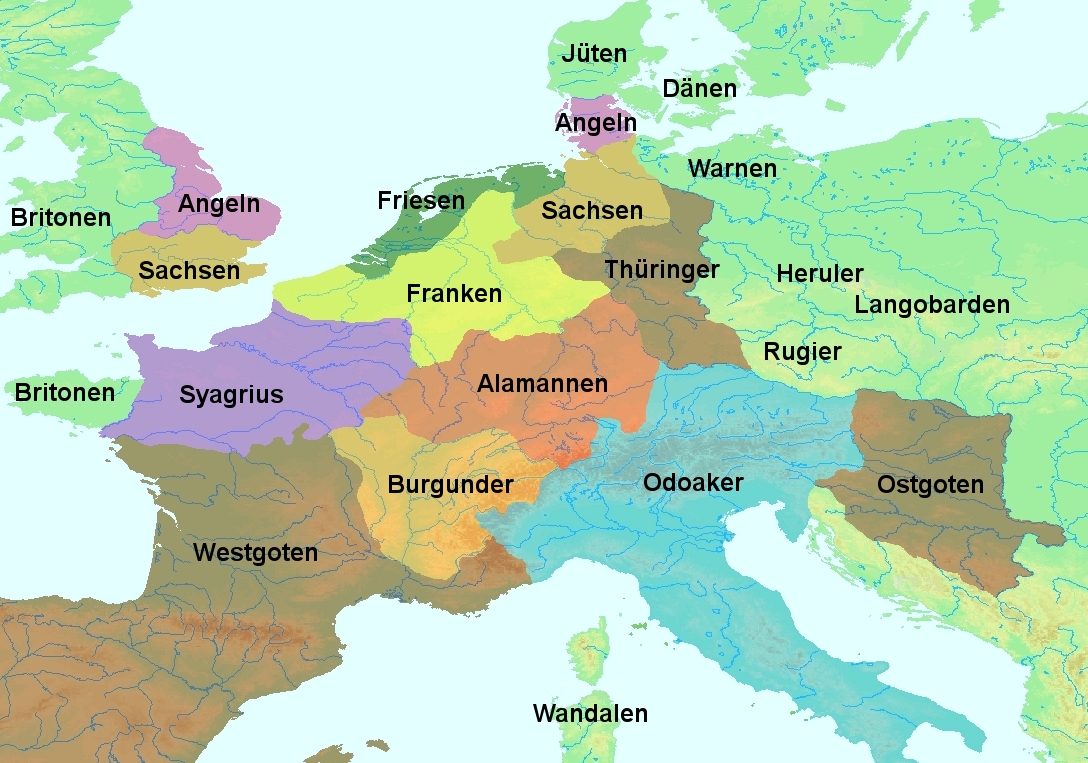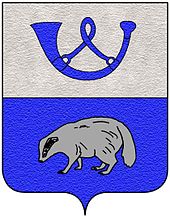https://de.wikipedia.org/wiki/Thurn_und_Taxis
The Thurn-and-Taxis family established a very successful European post system, which endured some centuries.
The Thurn family developed (at least in theory) from the
del Torre family, which once had a castle in Angera and was overcome in a battle 1277 by the Visconti.
This latter detail isn't noted in the English wikipedia ...
https://en.wikipedia.org/wiki/Thurn_und_Taxis
https://it.wikipedia.org/wiki/Rocca_Borromea_di_Angera
https://it.wikipedia.org/wiki/Battaglia_di_Desio
Herkunft und Namenserklärung
Taxis
Das lombardische Geschlecht erscheint urkundlich zuerst mit Reinerius de Tasso im Jahre 1117. Odonus de Taxo wird 1146 im Val Brembana, nördlich von Bergamo, erwähnt; dort erscheint der Name auch um 1200 in Almenno.[2] Während der Kämpfe zwischen Guelfen und Ghibellinen, in Bergamo ausgetragen zwischen den Familien Colleoni und Suardi, wich die Familie in das einige Kilometer höher im Tal gelegene Camerata Cornello aus. Dort beginnt mit Homodeus de Tazzis (ital. Omodeo de Tassis del Cornello) im Jahre 1251 die Stammreihe. Der Ortsteil Cornello dei Tasso erinnert bis heute an die Familie.
Tasso ist das italienische Wort für Dachs, das Wappentier der Familie, eingedeutscht Dax, Daxen,[3] woraus sich der Name Taxis entwickelte. Im französischsprachigen Postvertrag von 1505 zwischen Philipp dem Schönen und Franz von Taxis wurde die Familie de Tassis genannt, wie es bis heute im Französischen üblich ist.
Omodeo de Tassis del Cornello starts the successfull part of the family ...
https://en.wikipedia.org/wiki/Omodeo_Tasso#
"Around 1290, after Milan had conquered Bergamo, Omodeo organized 32 of his relatives into the Company of Couriers (Italian: Compagnia dei Corrieri) and linked Milan with Venice and Rome. The recipient of royal and papal patronage, his company was so comparatively efficient that post riders became known as bergamaschi throughout Italy."
He lived in Cornello dei Tasso, a part of Camerata Cornello near Bergamo (31 km North of Bergamo).
https://www.google.com/maps/dir/Bergamo ... 021408!3e2
Tasso means badger. The animal was used in the heraldic.
Thurn
Als die inzwischen nach Brüssel übersiedelten Taxis 1624 in den erblichen Grafenstand erhoben wurden, brauchten sie zur Legitimierung für den beabsichtigten weiteren Aufstieg in den Hochadel eine illustre Abstammung. Alexandrine von Taxis beauftragte Genealogen, die Herkunft der Taxis zu „klären“, die bislang nur als kleines, in den Kaufmannsstand gewechseltes Rittergeschlecht galten. Diese behaupteten nun, wenn auch ohne urkundlichen Nachweis, dass die Taxis vom italienischen Adelsgeschlecht der Torriani, bzw. della Torre, abstammten, die bis 1311 in Mailand und der Lombardei geherrscht hatten.[4] Daraufhin beantragten die Taxis beim Kaiser eine Namensänderung. Bei der Eindeutschung wurde der Turm (Torre) zu Thurn (vgl. mhd. turn) und der zinnenbekrönte Turm der Torriani wurde dem Dachs als Wappenmehrung hinzugefügt.
In 1624 the Taxis got a count title near Brüssel. For further progress in the social hierarchy of the time they needed a descendance of higher nobility. Some genealogs dicovered, that the Taxis descended from the Torriani (= del Torre) family, which once had some reigning function in Milan and owned the castle of Angera till 1277. However, a document was missing, but this wasn't a problem (probably the current Taxis found a way to satify the current Torriani; the emperor probably got also something). The Italian Torre became an old German Thurn (= mod. German Turm).
Thurn und Taxis
Ab 1650 durften sich die Brüsseler Taxis mit Erlaubnis Kaiser Ferdinands III. von Thurn, Valsassina und Taxis nennen, woraus Thurn und Taxis wurde, im Französischen de la Tour et Tassis, auf italienisch della Torre e Tasso. Auch der Innsbrucker und der Augsburger Zweig der Familie benannten sich um.
Since 1650 the Taxis of Brüssel got the permission to call themselves "von Thurn, Valsassina und Taxis" and later "von Thurn und Taxis". In French this was "de la Tour et Tassis" and in Italian "della Torre e Tasso". The Taxis of Innsbruck and of Augsburg followed this new custom.
The family became very rich. And still they are.



